After ten days, it became clear that I wouldn't find any evident trace that Joaquín had passed through there. But I had to try.
That’s why I asked Seara to do me the favor of taking me to the exact spot where he had left his neighbor that night. It was convenient since the man in question was willing and the village where I had to go afterward to speak with Joaquín’s coworkers was along the way.
Seara fulfilled my request without asking questions, perhaps assuming that Taboada was assigning me some odd tasks for lack of better things to do at the station. And then he left, but not without warning me not to linger too long there, saying the last person he left at that same spot ended up in a ditch.
It was a macabre joke he regretted immediately. Not out of fear of divine punishment, but of earthly repercussions if his wife ever found out he had spoken like that about a deceased man. And one who had lived so close by, no less.
In any case, I didn’t give it much thought. I let Seara apologize and leave, waiting until his car was out of sight before turning back to analyze the clearing I was standing in.
I had been here before, earlier that same morning, to be precise. In my groggy state upon waking, I had barely noticed the cruceiro that marked the split between Valverde’s path and two secondary trails.
Yes, this was where Leandro had found me. I had no doubt.
This marked the second time I had awoken, after an unwanted excursion with the procession, next to a cruceiro. And I couldn’t help but wonder—why had Joaquín chosen this as the meeting point? Assuming he, too, was under the Santa's spell, I had personally experienced that it didn’t much matter where one was when the procession rose: if summoned to carry the cross, you would end up going, involuntarily, to wherever you were commanded.
It didn’t matter if the meeting point was a cruceiro, the nearest village, or the middle of the forest. The wandering souls seemed indifferent to these details.
According to Seara, he left Joaquín there, next to the cruceiro, and drove off.
Joaquín, with his lantern in one hand and his back to the cruceiro, watched him leave until the car was out of sight, not moving an inch. I knew this because, with the chapel of San Amaro so close, I asked Seara if he had seen Joaquín head in that direction as soon as he got out of the car. The answer was negative.
Either Joaquín stayed there at the crossroads—waiting for someone or not—or he waited until his neighbor left him alone to head off in some direction.
Who would have immediately set off toward Ribera? No, that didn’t make much sense. If he were truly interested in exploring those mountains, he could have asked Seara to drop him off further up the road, at the last village before vanishing into the blackness of those peaks.
It was more plausible to believe that, for whatever reason, Joaquín needed to stop here before the Santa summoned him to follow her peculiar path.
And what could have convinced him to come to this particular place? There were two possibilities. The first, which I didn’t find too convincing, was the presence of the cruceiro, which served well as a reference point, having been erected at this part of Valverde’s path. Anyone familiar with the names of these mountains, if told about the cruceiro, would know exactly where to meet Joaquín.
Still, this didn’t sit well with me because, well, weren’t there more secluded places closer to the villages to use for a secret meeting?
In a city, this wouldn’t have worked, but in villages like the one I was in now, stepping thirty or forty meters past the crude sign marking the entrance to civilization was enough to find yourself in open fields, surrounded by forests. It wasn’t hard to lose oneself in the brush—let alone disappear at night.
The second possibility I considered, which was still compatible with the idea of meeting someone, involved Joaquín being interested in the small church standing a few steps from there rather than the cruceiro.
Perhaps someone could have been waiting for him inside or...?
For now, it was just a hunch, but soon I would find out if it had any merit.
Leaving the cruceiro behind, I headed toward the plot where the chapel stood. A small building that, while it had once served its purpose by providing locals an extra place to practice their religious rites, was now entirely abandoned.
Or, well, perhaps not entirely. The place wasn’t on the verge of collapse by any means, and I was certain it still housed some items belonging to the archdiocese, but no masses were held there anymore, and thus, the main entrance was rarely open. With the village’s parish church fully operational, Don Aurelio had no need to come here on Sundays.
I tried the main door handle with no success, as expected. The door was locked.
Still, my hopes weren’t completely dashed, as there was another way in: a small, discreet door located on the side of the building, partially hidden by brush, which should lead to the cubicle housing the sacristy.
Theoretically, this entrance should also be locked. When it was decided that no more masses would be held there, the place was secured, and the only existing key had been handed over to the parish priest. Yet when I tried my luck, I didn’t even need to turn the knob. The door swung open with a light push, as if it had been waiting for my arrival.
It was clear there was no one inside the chapel at that moment—otherwise, I would have heard something by now. This left me wondering: how long had this door been unlocked? Was it a recent development, or could it have been opened a week ago?
The lock, at first glance, didn’t appear to have been forced. Which was good—it meant it wouldn’t be too difficult to track down whoever had been here, if I needed to do so in the future.
Once inside the sacristy, the first thing that caught my attention was a lantern resting on the only table in the room. The lantern was unlit, its oil completely used up, as if someone had left it there to burn out on its own.
There were some books and parish documents beside it, along with stacked boxes containing nothing of real value. But—and here lay the question—all these other items were covered in dust. It seemed, then, that the lantern was the only thing recently left there, while everything else had remained untouched since the day the chapel was closed to the public.
I couldn’t be one hundred percent sure that the lantern belonged to Joaquín, but it certainly looked like it did. If this had been the work of thieves, I would have noticed more traces—perhaps overturned boxes and drawers, missing items... Then again, apart from a couple of garments and some old theology books, there wasn’t much worth stealing here.
Leaving the sacristy and stepping into the main part of the church, I also checked the altar and found nothing out of place.
Being a chapel—and a small one at that—there was little to decorate the altar beyond a cross and a couple of wooden saints adorning the walls. I wasn’t an expert, but those carved decorations appeared to be Romanesque, worn down over time by age and humidity.
On the altar table, there was nothing but a dirty cloth and a couple of candles. If the parish priest had ever kept a chalice here for Communion, he had wisely taken it with him when this place was closed down.
Stepping down from the altar, I decided to stroll between the pews, eventually reaching the main entrance. As I had already confirmed, the door was firmly locked, impossible to open without a key. If someone had entered this place without the priest’s permission, it was obvious why they had chosen to open the sacristy door instead.
Feeling tired after a morning that was dragging on far too long, I decided to sit down for a moment on one of the pews, having finished my visual inspection of the place. It was then that I noticed two things:
The first, and most obvious, was that just like in the sacristy, where unimportant items had been left to gather dust, there was a layer of dust covering the surface of the pews.
I even found a half-broken box next to one of the front pews, containing a couple of cushions likely used by elderly worshippers to kneel without hurting their knees. For a moment, I thought they might serve the same purpose for me, to avoid dirtying my pants if I decided to sit down.
But no—those cushions were also filthy and damp. They weren’t worth touching.
It seemed more practical to use my own handkerchief to clean the spot where I planned to sit. I was about to do so when I noticed a piece of fabric on the floor, in front of one of the pews in the middle of the rows.
The pew in front of it wasn’t as dusty as the others, but the handkerchief was. It looked like someone had used it for the same purpose I had considered and then, when leaving the place, forgotten it there.
If thieves had come here, they would have been the worst criminals in history—not only failing to steal anything but also leaving behind a few clues of their presence.
Still, regardless of what Joaquín had come here to do on the day of his disappearance and subsequent death, I was now more interested in the handkerchief I had just found. Examining it, I realized I recognized it—or, more specifically, I recognized the initials embroidered on it.

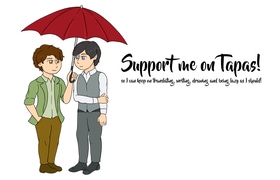


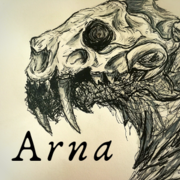
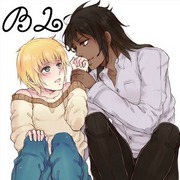
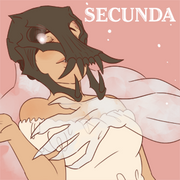
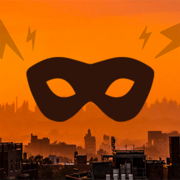


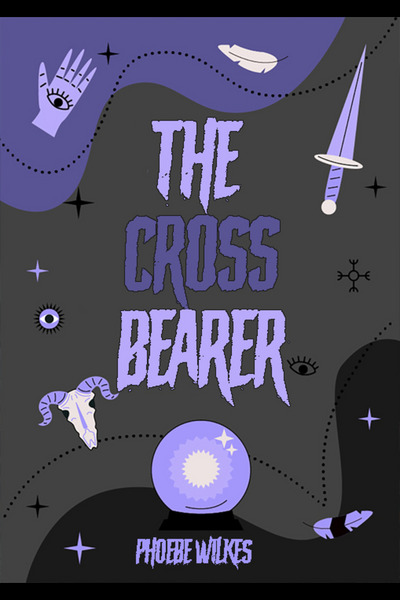
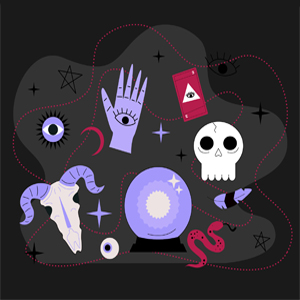
Comments (0)
See all